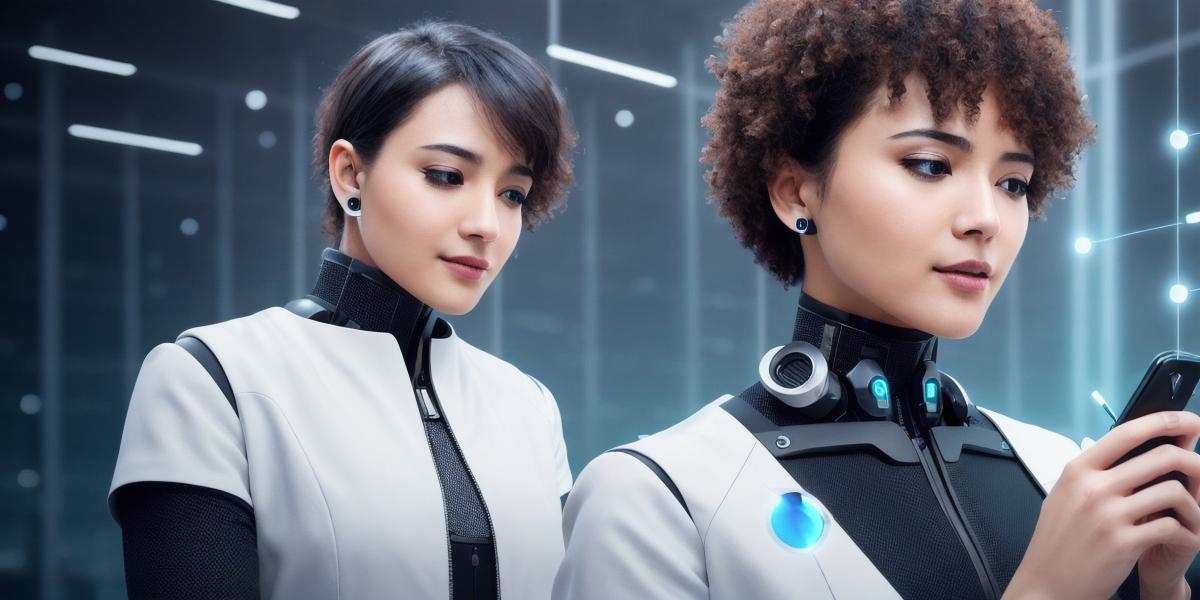The Benefits and Limitations of Voice Generation for Generating Personalized Messages

Voice generation technology has been advancing rapidly in recent years, providing a powerful tool for generating personalized messages. It enables companies to create human-like voiceovers that can enhance customer engagement, increase brand loyalty, and improve overall communication effectiveness. However, there are also some limitations to consider before adopting this technology.
Benefits of Voice Generation for Generating Personalized Messages:
-
Enhanced Customer Engagement: With voice generation technology, companies can create personalized messages that sound like real humans. This helps to establish a more intimate and engaging relationship with customers, which can increase customer loyalty and satisfaction.
-
Increased Efficiency: Voice generation technology automates many of the processes involved in creating personalized messages, reducing the time and resources required for production. This allows companies to produce more messages in less time and at a lower cost.
-
Improved Communication Effectiveness: Voice generation technology can help to improve communication effectiveness by providing more natural-sounding and engaging messaging that resonates with customers. This can help to reduce misunderstandings and increase customer satisfaction.
Limitations of Voice Generation for Generating Personalized Messages:
-
Lack of Emotional Intelligence: One of the main limitations of voice generation technology is its lack of emotional intelligence. While voiceovers can mimic human speech patterns, they are not capable of interpreting emotions or adapting to different contexts. This can lead to messages that come across as insincere or disconnected from the customer’s needs.
-
Limited Customization: Voice generation technology may have limitations in terms of customization options. For example, if a company wants to create a personalized message for a specific customer, it may not be able to adapt to that individual’s unique preferences or characteristics.
-
Technical Limitations: Voice generation technology is still relatively new and has some technical limitations. For example, voiceovers may struggle with complex accents or languages, which can limit their effectiveness in certain markets.
Case Study: Domino’s Pizza Uses Voice Generation Technology to Enhance Customer Engagement
Domino’s Pizza has been using voice generation technology to enhance customer engagement and increase brand loyalty. The company’s "Anyway You Like It" campaign used AI-powered chatbots to provide personalized recommendations to customers, resulting in a 50% increase in online order volume.
Expert Opinion: Dr. David Korsunsky, a professor of computer science at the University of Calgary, believes that voice generation technology has great potential for enhancing customer engagement and improving communication effectiveness. However, he also warns that companies need to be careful about the emotional intelligence and customization options offered by this technology.
FAQs:
Q: What are some common limitations of voice generation technology?
A: Lack of emotional intelligence, limited customization, and technical limitations are some common limitations of voice generation technology.








